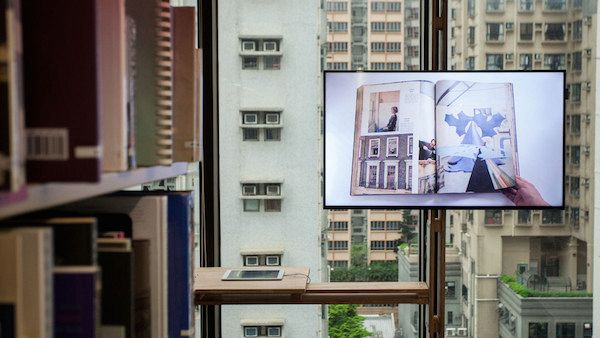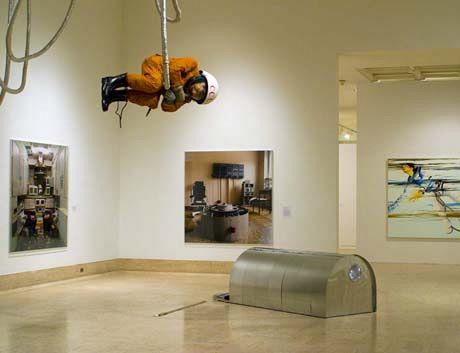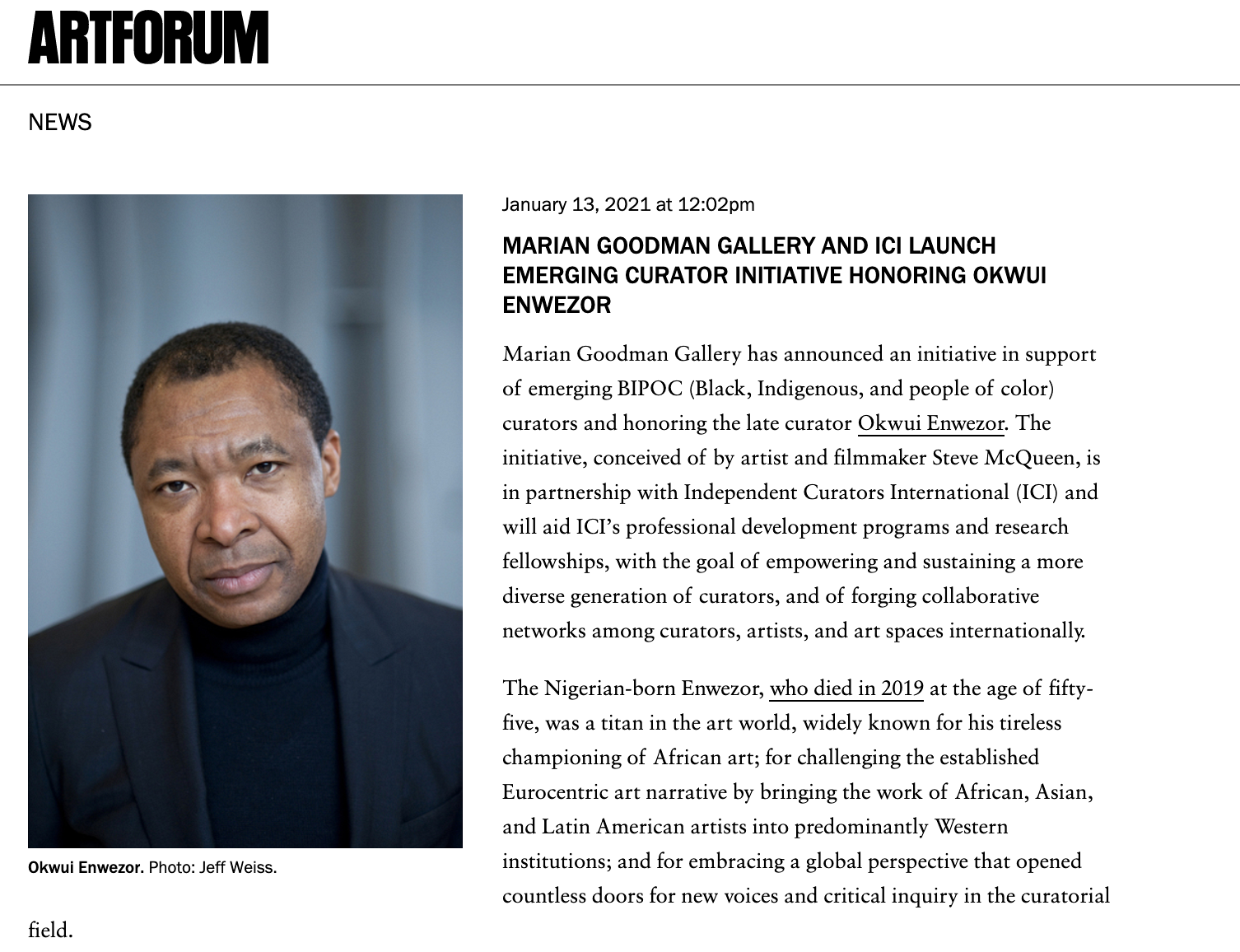Irony and Survival on the Utopian Island presents the work of sixteen Cuban artists of the 1990s who explore irony as a strategy for psychological survival and oblique commentary. Embedded in their as is the notion that when political and personal problems are inescapable, humor may be one of the few outlets for frustration, and a practical means in maintaining sanity within a context that often seems to be ruled by irrationality. The works reflect various views of the 1959 revolution and the realities of life in Cuba under the United States embargo. Through their work, the artists in the exhibition speculate on Cuba’s complex past, its love/hate relationship with the Unites States, and its cultural uniqueness as a nexus of African, European, and Asian cultures. Their work exemplifies the concept of inventando – the improvisation and creative resourcefulness required for everyday survival.
In this spirit of imaginative survival strategies, René Francisco alters telephone showerheads, redefining their functions to meet increasing needs in an environment of decreasing resources. Other artists examine the rhetoric of history. José Angel Toirac, for instance, juxtaposes revolutionary rhetoric and the Cuban reality by superimposing the audio track of a weekly television series on the restoration of historic monuments in Havana with his own recordings of life in the Cuban capital. In Flying Pigeon, Los Carpinteros [the Carpenters] comment on the historic Cuban railroads which are today nearly defunct because of neglect and lack of fuel. Referring to a Chinese brand of bicycles of the same name, the train engine of the Flying Pigeon seems to be powered by a man on a bicycle. In his extraordinary drawings, Carlos Estévez establishes a parallel between international and external escape by imposing, for instance, a city plan of Old Havana on the automatical drawing of a heart. The special circumstance of Cuba being an island – with the implication of isolation but also of being a paradise – is exemplified in the work of KCHO, who pays homage to balseros – those who left Cuba on rafts, often paying with their lives. Suggesting the significance of the sea as both the way out but also a barrier, Sandra Ramos fills aquariums with dolls that have been transmuted into sea creatures scuttling along the ocean floor.
The sixteen artists in the exhibition are of a generation born since the revolution in 1959. Unlike their predecessors, who launched a frontal attack against official Cuba and who soon found that exile was the best alternative to silence, the artists here have developed a visual language for commenting upon the Cuban reality.
The exhibition is organized by Arizona State University Art Museum, Tempe, Arizona.






